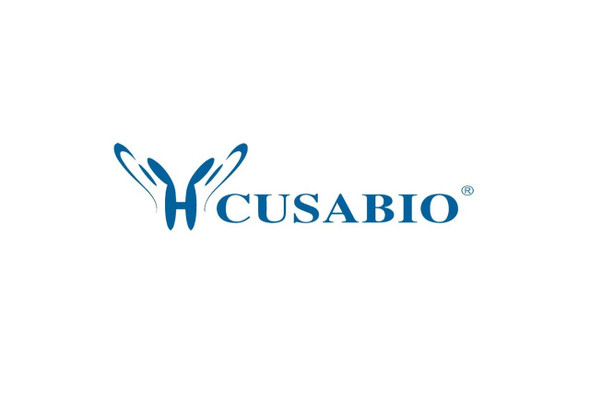Cusabio Rattus norvegicus Recombinants
Recombinant Rat NADPH oxidase 4 (Nox4), partial | CSB-EP015961RA
- SKU:
- CSB-EP015961RA
- Availability:
- 13 - 23 Working Days
Description
Recombinant Rat NADPH oxidase 4 (Nox4), partial | CSB-EP015961RA | Cusabio
Alternative Name(s): Kidney oxidase-1
Gene Names: Nox4
Research Areas: Cardiovascular
Organism: Rattus norvegicus (Rat)
AA Sequence: GGLLKYQTNLDTHPPGCISLNRTPSQNMSIADYVSEHFHGSLPGGFSKLEDHYQKTLVKICLEEPKFQAHFPQTWIWISGPLCLYCAERLYRCIRSNKPVTIISVINHPSDVMELRMIKENFKARPGQYIILHCPSVSALENHPFTLTMCPTETKATFGVHFKVVGDWTERFRDLLLPPSSQDSEILPFIQSRNYPKLYIDGPFGSPFEESLNYE
Source: E.coli
Tag Info: N-terminal 6xHis-B2M-tagged
Expression Region: 210-424aa
Sequence Info: Extracellular Domain
MW: 38.6 kDa
Purity: Greater than 90% as determined by SDS-PAGE.
Relevance: Constitutive NADPH oxidase which generates superoxide intracellularly upon formation of a complex with CYBA/p22phox. Regulates signaling cascades probably through phosphatases inhibition. May function as an oxygen sensor regulating the KCNK3/TASK-1 potassium channel and HIF1A activity. May regulate insulin signaling cascade. May play a role in apoptosis, bone resorption and lipolysaccharide-mediated activation of NFKB.
Reference: "Direct interaction of the novel Nox proteins with p22phox is required for the formation of a functionally active NADPH oxidase." Ambasta R.K., Kumar P., Griendling K.K., Schmidt H.H.H.W., Busse R., Brandes R.P. J. Biol. Chem. 279:45935-45941(2004)
Storage: The shelf life is related to many factors, storage state, buffer ingredients, storage temperature and the stability of the protein itself. Generally, the shelf life of liquid form is 6 months at -20?/-80?. The shelf life of lyophilized form is 12 months at -20?/-80?.
Notes: Repeated freezing and thawing is not recommended. Store working aliquots at 4? for up to one week.
Function: Constitutive NADPH oxidase which generates superoxide intracellularly upon formation of a complex with CYBA/p22phox. Regulates signaling cascades probably through phosphatases inhibition. May function as an oxygen sensor regulating the KCNK3/TASK-1 potassium channel and HIF1A activity. May regulate insulin signaling cascade. May play a role in apoptosis, bone resorption and lipolysaccharide-mediated activation of NFKB.
Involvement in disease:
Subcellular Location: Endoplasmic reticulum membrane, Multi-pass membrane protein, Cell membrane, Multi-pass membrane protein, Cell junction, focal adhesion
Protein Families:
Tissue Specificity: Expressed in vascular smooth muscle.
Paythway:
Form: Liquid or Lyophilized powder
Buffer: If the delivery form is liquid, the default storage buffer is Tris/PBS-based buffer, 5%-50% glycerol. If the delivery form is lyophilized powder, the buffer before lyophilization is Tris/PBS-based buffer, 6% Trehalose, pH 8.0.
Reconstitution: We recommend that this vial be briefly centrifuged prior to opening to bring the contents to the bottom. Please reconstitute protein in deionized sterile water to a concentration of 0.1-1.0 mg/mL.We recommend to add 5-50% of glycerol (final concentration) and aliquot for long-term storage at -20?/-80?. Our default final concentration of glycerol is 50%. Customers could use it as reference.
Uniprot ID: Q924V1
HGNC Database Link: N/A
UniGene Database Link: UniGene
KEGG Database Link: KEGG
STRING Database Link: STRING
OMIM Database Link: N/A









